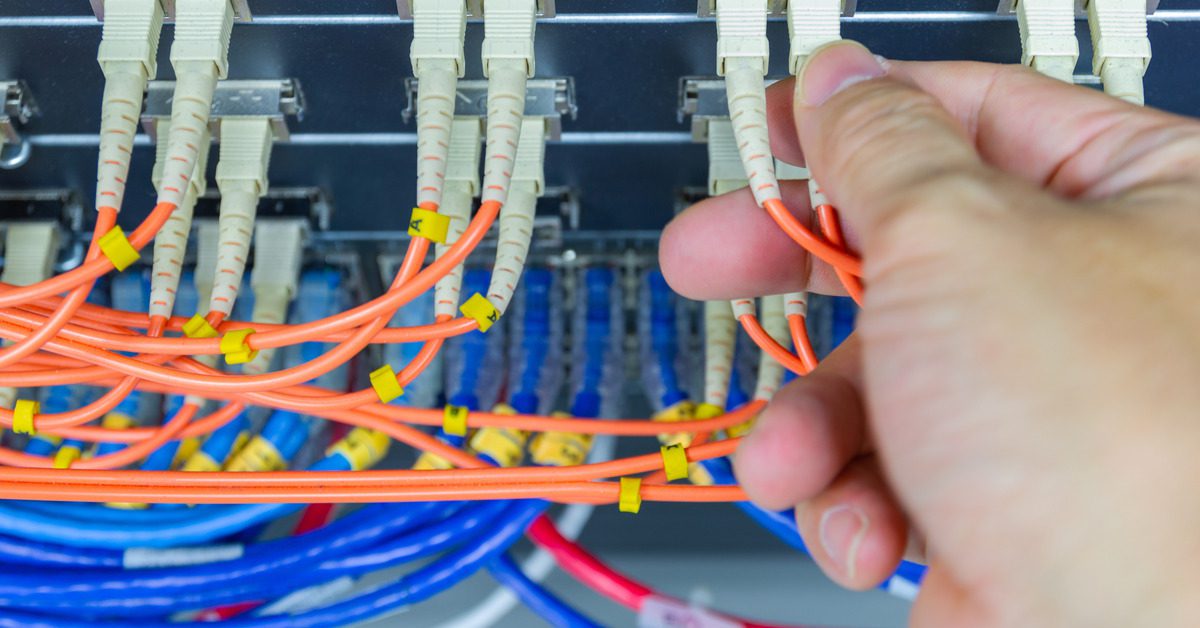
Fiber optic cables support high-speed data transmission in modern telecommunications. However, not all fiber optic cables are the same. Today, we will explore the difference between lit fiber and dark fiber cables, focusing on their unique characteristics and applications.
Understanding Lit Fiber
Lit fiber, also known as active fiber, is an optic cable that transmits data. Service providers manage it, and it is often sold as part of a connectivity solution. Lit fiber includes network monitoring, maintenance, and technical support, ensuring uninterrupted data transmission.
One key advantage of lit fiber is its accessibility to business owners or managers who may not have the expertise or resources to manage their fiber optic networks. With lit fiber, businesspeople can leverage high-speed Internet services without investing in expensive equipment or hiring specialized staff.
Lit fiber is ideal for organizations seeking a hassle-free, managed service with guaranteed high performance. However, the cost of lit fiber services can be high due to network management and support benefits. It’s suitable for companies prioritizing convenience and reliability over flexibility and control.
Exploring Dark Fiber
Dark fiber, or unlit fiber, refers to the unused fiber optic cables laid out by service providers. Unlike lit fiber, dark fiber does not have the necessary electronics or infrastructure to transmit data. Instead, businesspeople lease or purchase these cables to deploy their own network equipment and manage the data transmission independently.
The primary advantage of dark fiber is that it offers complete control. Companies can customize network infrastructures, choose equipment, and scale operations without relying on third-party service providers. Such autonomy can be particularly beneficial for tech-savvy businesses with the resources and expertise to handle fiber optic networks freely.
Dark fiber also provides high bandwidth capabilities, making it ideal for businesses with high data transmission requirements. However, business owners should consider the initial investment and ongoing maintenance costs associated with dark fiber deployment.
Key Differences Between Lit Fiber and Dark Fiber
The difference between lit and dark fiber cables lies primarily in their management and control. Lit fiber offers a managed service with network monitoring, maintenance, and support, making it perfect for businesses seeking convenience and reliability. On the other hand, dark fiber provides complete control over the network infrastructure, allowing companies to customize and scale their operations independently.
Additionally, lit fiber typically comes at a higher cost than dark fiber due to the benefits of network management and support. In contrast, dark fiber requires a more significant initial investment and ongoing maintenance but offers greater flexibility and bandwidth.
Titan Cable Management Racks and Fiber Optic Networks
When deploying lit or dark fiber, efficient cable management supports performance and reliability. Titan cable management racks offer a comprehensive solution for organizing and managing fiber optic cables while minimizing the risk of damage and signal interference. These racks provide easy access to cables, simplifying maintenance and troubleshooting while helping you organize network infrastructure.
Understanding the difference between lit fiber and dark fiber cables is essential for businesses looking to optimize their telecommunications infrastructure. Lit fiber offers managed services with guaranteed performance, while dark fiber provides complete control and higher bandwidth capabilities. Business professionals can maintain a reliable network by selecting the right cable type and implementing organization solutions.
